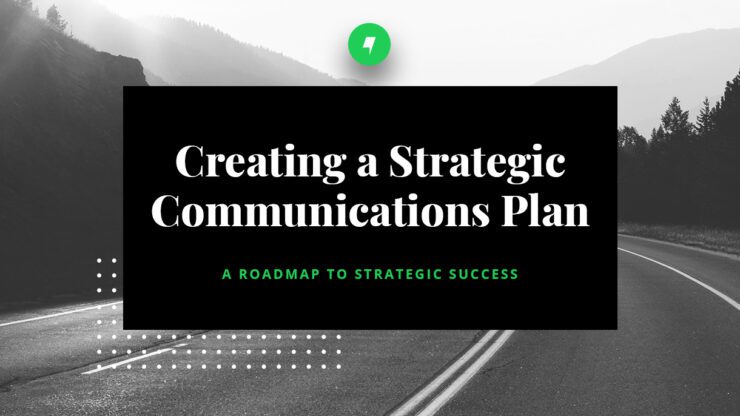Creating a strategic, year-long communications strategy is vital for every organization. For those of us working at agencies and marketing / PR departments of corporations and nonprofits, this is the juncture where reflection on the past year’s achievements meets the anticipation of planning for the upcoming one.
For those who are looking to be strategic in 2024 but may never have created a strategic communications plan before, know that it is not something created overnight, but the time investment is worth the outcome.
For those seeking a roadmap to strategic success in the coming year, here are key insights to kickstart your strategic communications plan:
- Define Clear Communications Objectives. Precision is paramount when establishing objectives. At Maven, we work with S.M.A.R.T. objectives, which are: specific, measurable, achievable, realistic, and timebound. By creating objectives that are as detailed as possible, by campaign’s end, you should be able to definitively assess whether the objectives were met.
- Identify Key Target Audiences and Craft Messages for Each. Identify the audience(s) you need to reach to achieve your objectives. Once identified, draft appropriate messages that resonate with each target audience. Realize that, while the overall objective for each audience may be similar, the way in which it is communicated will vary. Consider each audience’s concerns, drivers, motivators, and pain points when determining appropriate messages for each.
- Establish Metrics for Success. Despite an industry that has greatly evolved over the last two decades, there remains a misconception that communications and public relations efforts can’t be evaluated. They absolutely can be. Once you’ve established SMART objectives, record benchmarks for every element the communications strategy will affect. Once you have identified benchmarks, determine your measurement tool. Now that the foundation of measurement has been created, create a measurement timeline to ensure the strategy is hitting the mark at specified intervals. And if it’s not, adjust accordingly. Read this example of how Maven measured success for the launch of the Delaware County Health Department.
- Generate Strategic Tactics. Here is where you determine what type of communication activity will best convey the key messages to your identified target audience(s). This could span press release distribution, media pitching, blog post creation, video production, or a social media campaign – paid or organic. A strategic communications plan should outline specific methods to engage your target audiences throughout the year.
- Construct a Tactical Planning Calendar. An integral component of your communications plan, a tactical planning calendar offers a visual guide on how tactics align over the year. It facilitates adherence to the plan by indicating when each tactic should unfold. Start by setting deadlines for tactical execution, then work backward to establish timelines for creation, approval, pitching, etc. Note that the calendar needs to be adaptable, acknowledging that tactical pivots may be necessary based on actual outcomes.
As you contemplate or solidify your 2024 communications plan, these insights aim to provide a structured and effective approach. Here’s to a year of strategic success and impactful communication initiatives!
Posted In Public Relations
 Veronica Mikitka Reed
Veronica Mikitka Reed 

